In our rapidly advancing technological landscape, sensors have become crucial components across various fields. Among these, flexible sensors have recently emerged as a significant innovation, capturing substantial attention due to their unique characteristics and versatile applications.
What Are Flexible Sensors?
Flexible sensors are made from flexible materials, granting them exceptional flexibility, extensibility, and bendability. These attributes enable them to be deployed in a myriad of scenarios, tailored to specific needs. For instance, flexible fiber strain sensors can be integrated into clothing with health monitoring capabilities. They can capture real-time data on human pulse, respiration, tremors, and body movements. This can provide robust support for health assessments and disease diagnostics, heralding a new era in medical development.
Types and Mechanisms of Flexible Sensors
Flexible sensors can be categorized into several types based on their sensing mechanisms:
Flexible Resistive Sensors: These sensors place a resistive layer, short-circuit layer, flexible contacts, and electrodes on a substrate. They obtain sensing information by altering the resistance value. For example, in a flexible resistive pressure sensor, pressure changes cause the short-circuit and resistive layers to overlap, changing the system’s resistance, which is then interpreted as pressure value. These sensors are praised for their high sensitivity, simple structure, and wearability.
Flexible Capacitive Sensors: Based on the principle of parallel plate capacitors, these sensors change their capacitance by varying the distance between the plates. In a flexible capacitive pressure sensor, external pressure reduces the distance between the plates, modifying the capacitance and providing measurement data. These sensors are known for their high sensitivity, quick response, and wide dynamic range.
Flexible Inductive Sensors: These sensors measure data by utilizing changes in the self-inductance or mutual inductance of coils. They are characterized by a simple structure, high sensitivity, substantial output power, low output impedance, strong anti-interference capability, and high measurement accuracy.
Flexible Piezoelectric and Magnetoelectric Sensors: These sensors function similarly to traditional sensors. For example, a flexible piezoelectric sensor generates polarization within when subjected to external force. This produces opposite charges on two surfaces, allowing for measurement based on these differences.
Material Selection for Flexible Sensors
The term “flexible” in flexible sensors indicates the choice of materials that distinguish them from conventional sensors.
Substrate Materials: Flexible sensors commonly use thin, transparent, stretchable, bendable, and corrosion-resistant substrates such as polydimethylsiloxane (PDMS). This material is easily obtainable, offers excellent performance, and has stable chemical properties.
Conductive Materials: Metals like nanoparticles or nanowires are preferred due to their superior conductivity and ease of forming thin films. Carbon materials, including graphene and carbon nanotubes, are also frequently used.
Elastomers: The range of elastomers used in flexible sensors is vast. They include PDMS, polyurethane (PU), natural rubber, styrene-butadiene rubber (SBR), thermoplastic elastomers (TPE), hydrogels, conductive elastomers, shape-memory polymers (SMP), and silicone rubber. Each material has unique properties suitable for different applications. For example, PDMS is known for its flexibility and transparency, PU for its elasticity and wear resistance, and SMP for its ability to change shape under external stimuli.
Conclusion
Flexible sensors represent a new wave of sensor technology with extensive application potential. They are poised to transform both technology and everyday life. As materials science and manufacturing technology continue to evolve, flexible sensors are expected to play increasingly significant roles across more fields.





